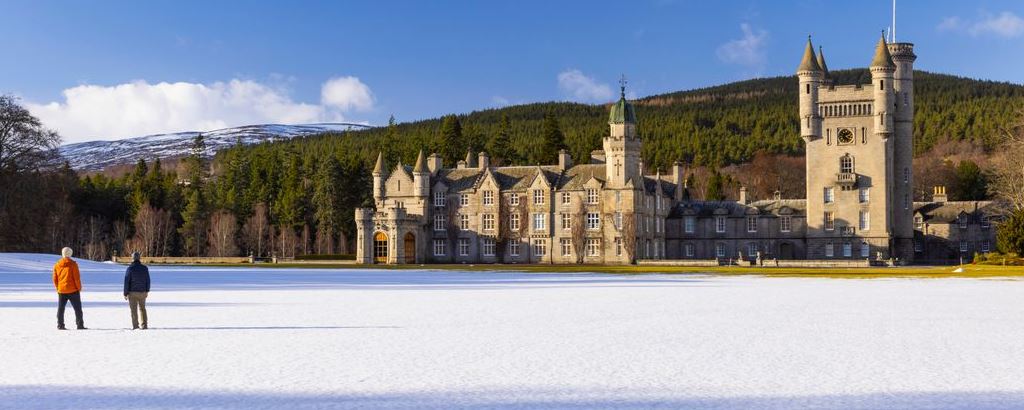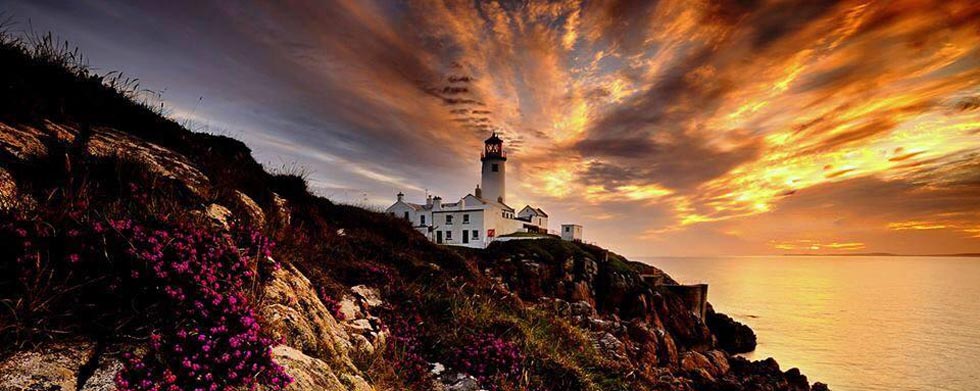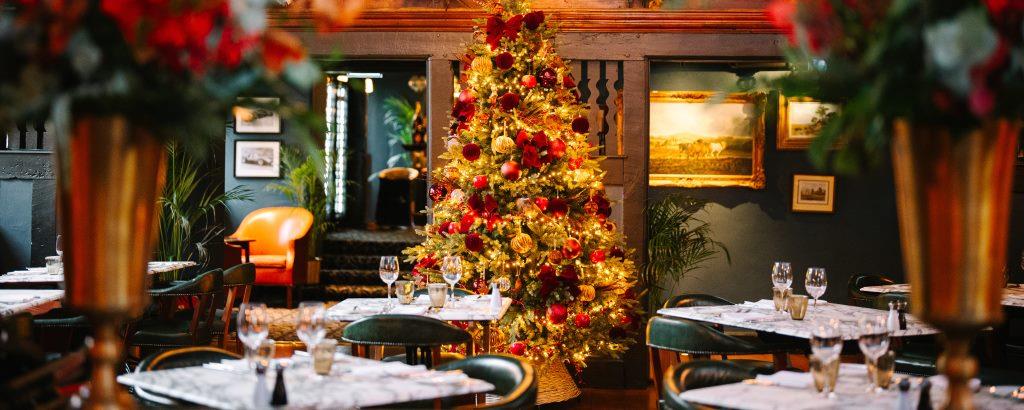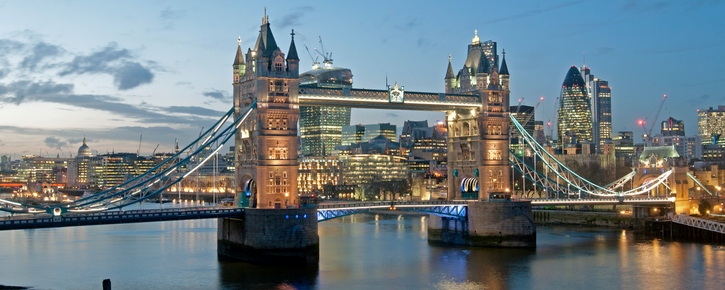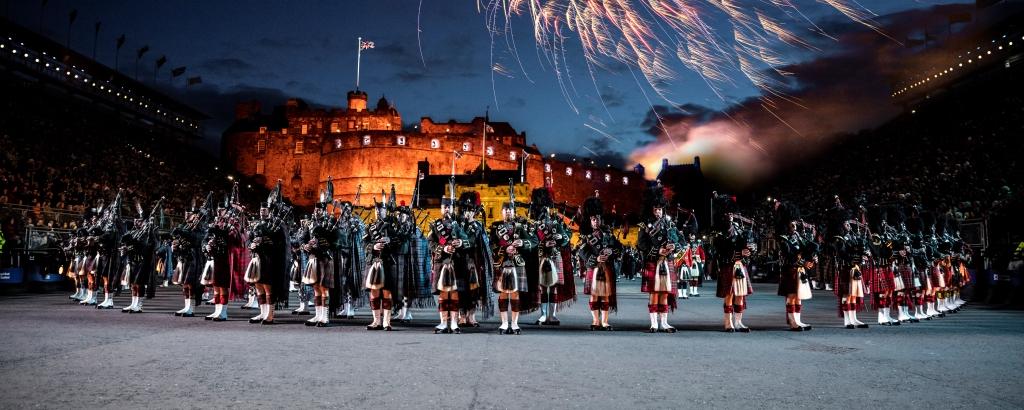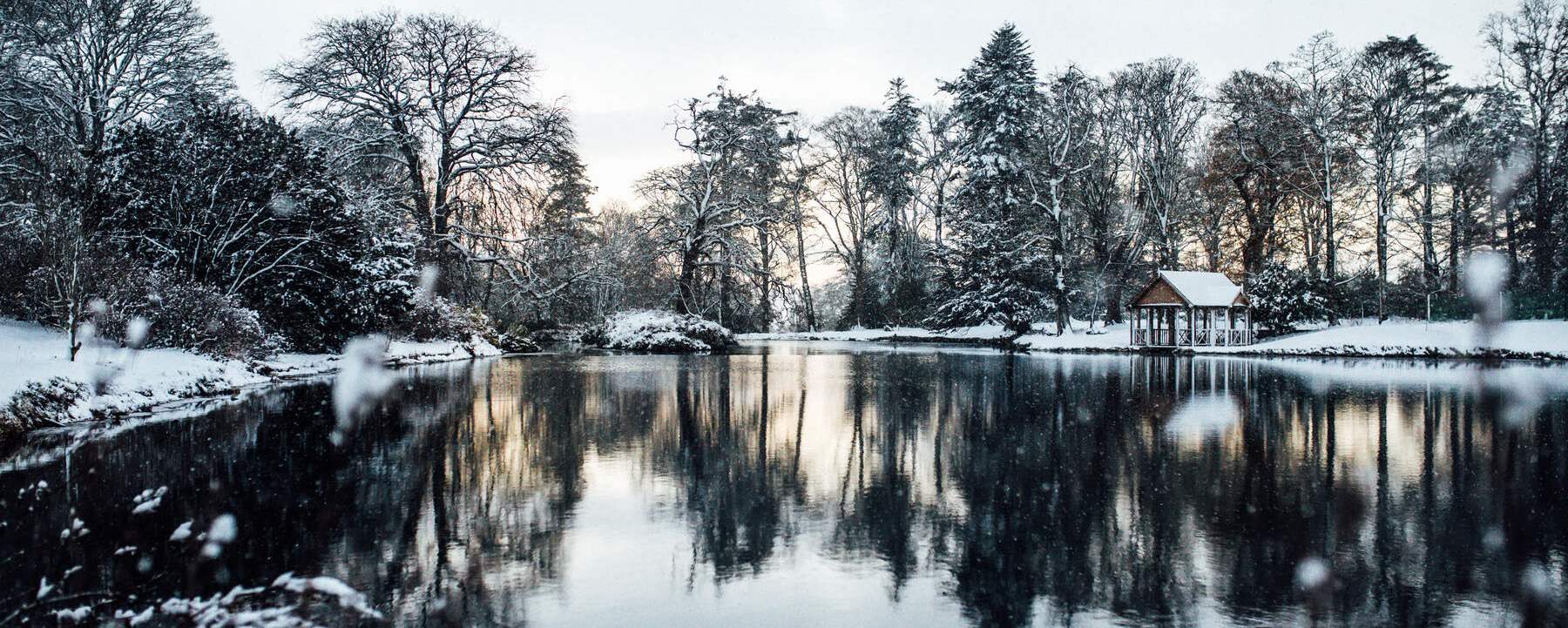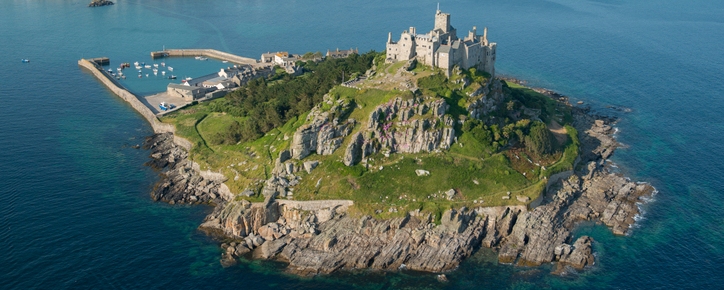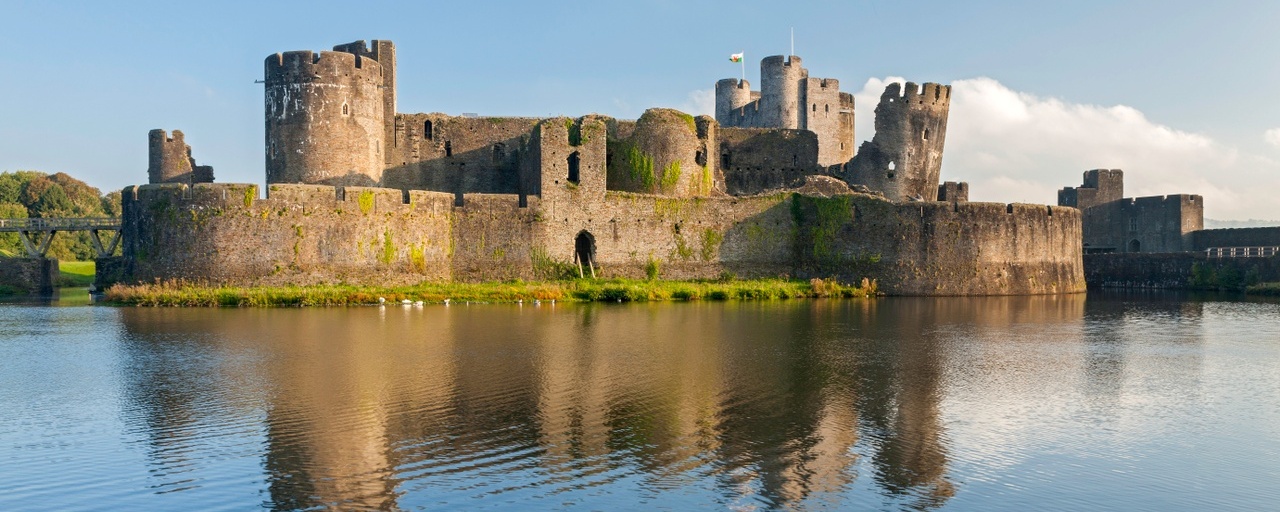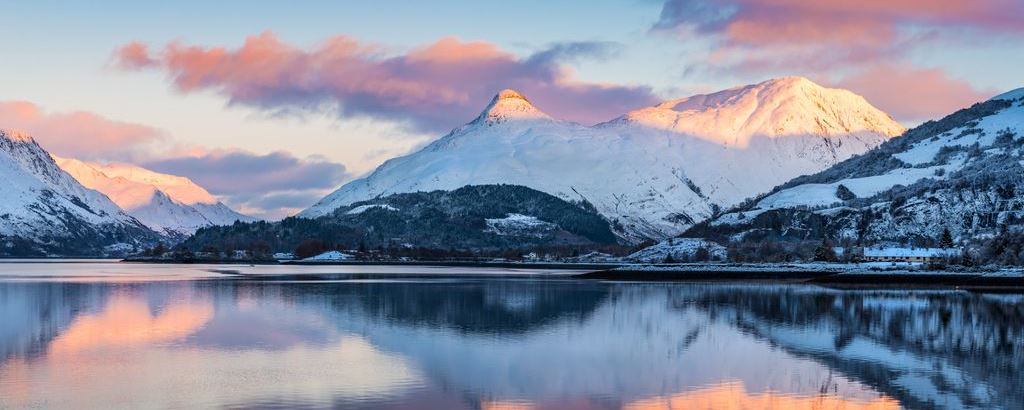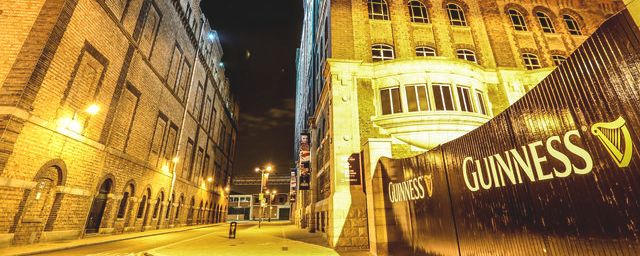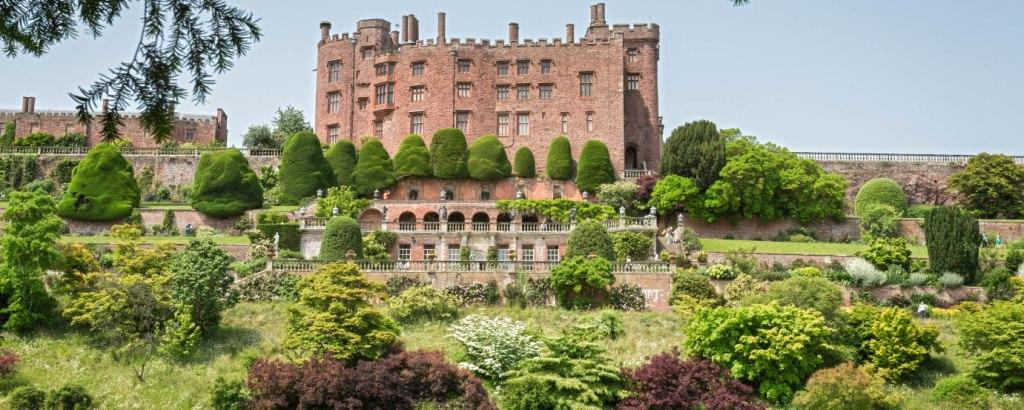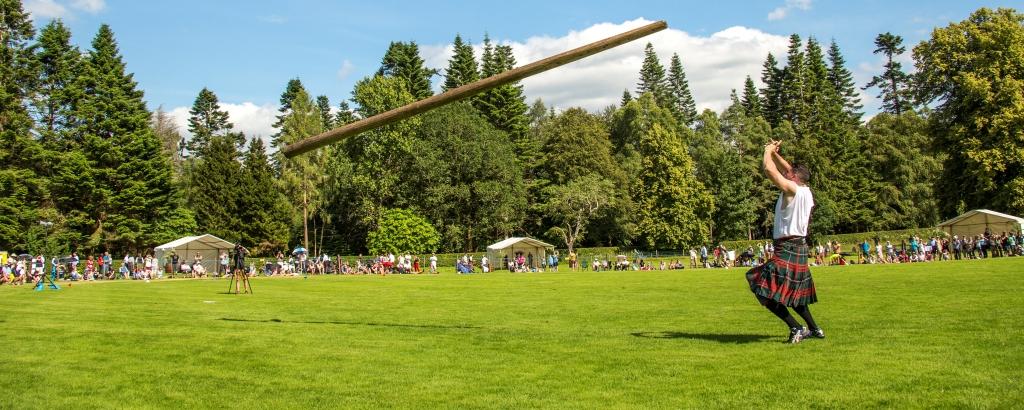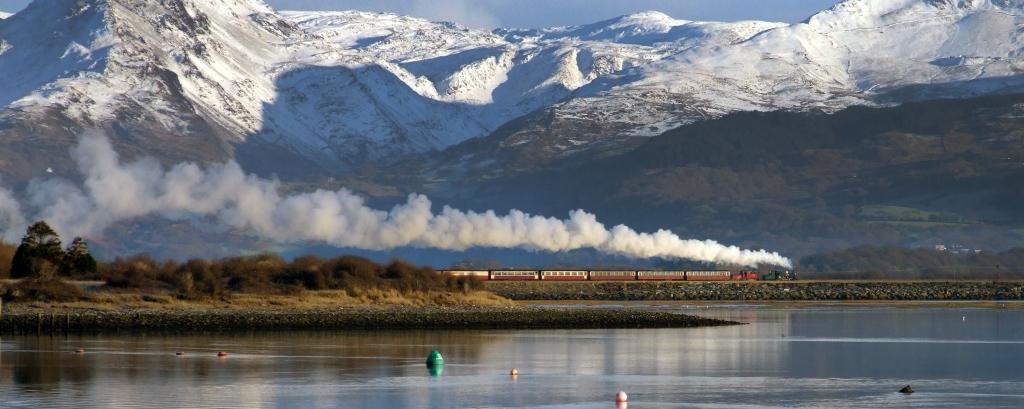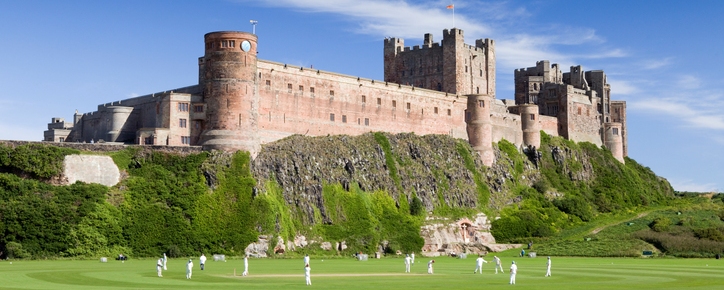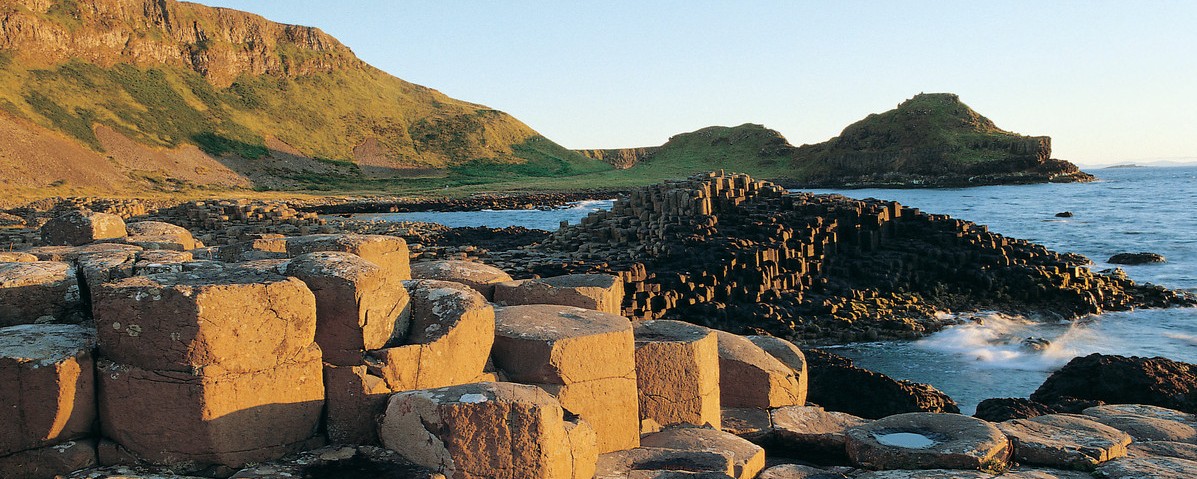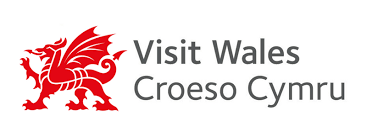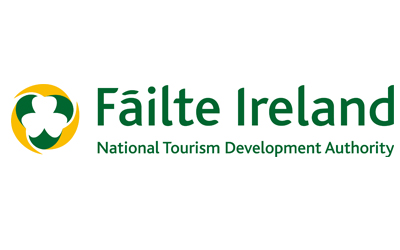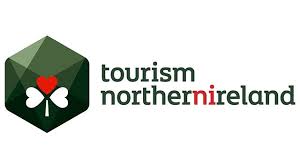Benjamin Franklin in London
It was 300 years ago that a Founding Father made England his home. Mr Londoner follows the trail...
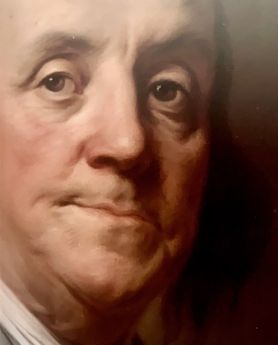 Detail from Franklin's 1785 portrait by Joseph Duplessis
Detail from Franklin's 1785 portrait by Joseph Duplessis
In the same year that Catherine the Great became Empress of Russia, Antonio Vivaldi first performed his exquisite Four Seasons. This was also the year that London hosted the world’s first international boxing match. It was 1725 and, unsurprisingly amid significant world events, few noticed the London arrival of a teenage printer from America. His name was Benjamin Franklin.
Franklin (1706-1790) was a polymath, inventor and US Founding Father. He is one of the most famous Americans, after Marilyn Monroe and Elvis Presley, to have set foot in the UK. (Although admittedly for Elvis this was a fleetingly-brief moment).
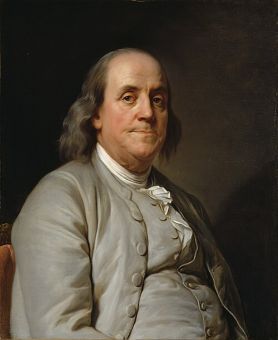 Joseph Siffrein Duplessis - Benjamin Franklin - Google Art Project
Joseph Siffrein Duplessis - Benjamin Franklin - Google Art Project
Alongside George Washington and Thomas Jefferson, Benjamin Franklin became one of the co-signatories of the 1776 US constitution. Under Washington’s Presidency, Franklin was America’s first ambassador to France, its first Postmaster General and the sixth Governor of Pennsylvania. He never became, as some mistakenly-believe, President of the United States.
Mover-and-shaker
Here, nevertheless, was an 18th century mover-and-shaker - and one with a huge legacy. Although a Founding Father, a philosopher and man of letters, Franklin was also an inveterate inventor - the Leonardo of his age. He designed the Franklin stove, the glass harmonica, the lightning rod and the bi-focal lens - today worn by millions.
He founded the University of Pennsylvania, the American Philosophical Society and Philadelphia’s first hospital and fire service. Despite these achievements, the polymath preferred to describe himself, with false modesty no doubt, as ‘Benjamin Franklin, Printer’.
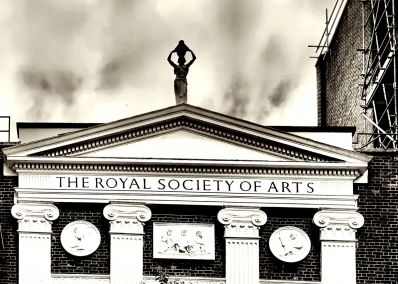 Franklin was a major influence on the development of the Royal Society of Arts @meetmrlondoner
Franklin was a major influence on the development of the Royal Society of Arts @meetmrlondoner
London boasts two fine statues of Abraham Lincoln, one respectively of George Washington; Franklin Delano Roosevelt; Ronald Reagan - and philanthropist and founder of the JP Morgan Bank, George Peabody. There are Blue Plaques to 60s sensation Jimi Hendrix; Rip Van Winkle author Washington Irvin and wartime leader and President Dwight D Eisenhower. But you have to work a little harder to trace the footsteps of Benjamin Franklin.
Franklin became a leading light behind what was then the Society for the Promotion of Arts, Manufactures and Commerce. Today this is the RSA - the Royal Society of Arts. Then as now its focus is on making a positive impact on society through the creativity, energy and expertise of its Fellows, who today number some 31,000 people across the globe.
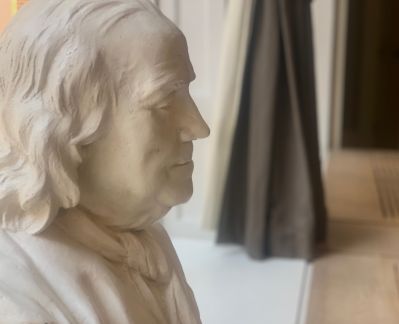 Franklin. Bust by Jean-Jacques Cafierri. @meetmrlondoner
Franklin. Bust by Jean-Jacques Cafierri. @meetmrlondoner
RSA House is off the Strand near Charing Cross. One of its flagships spaces is the Benjamin Franklin Room. And, with his eye on proceedings, is Franklin himself, in the form of an 18th century copy of a bust, by John-Jaques Caffieri, sculptor to the court of King Louis XV of France. It’s a thoughtful work. Franklin is shown in his early 70s, in cravat and robes: we sense the wit and quiet energy of the man.
A not-so-idle apprentice
Born in Boston, Massachusetts, to Josiah Franklin, a British candle-maker, and Abiah Folger, from colonial Massachusetts, Benjamin Franklin was the 15th of 17 children. Perhaps Benjamin always felt he had to compete.
The young Franklin dreamt of a life at sea. Instead, he became a trainee printer, apprenticed to his disciplinarian brother James. This was a difficult relationship. It ended in tears and Benjamin committed a crime, by breaking the bonds of his apprenticeship. He deserted his brother for Philadelphia and eventually headed to London, where he finessed his trade.
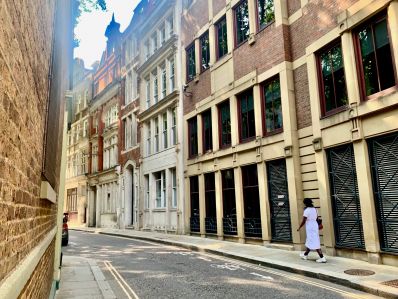 Little Britain remains a charmingly historic street @meetmrlondoner
Little Britain remains a charmingly historic street @meetmrlondoner
His first home here was in Little Britain, in the the City of London, the capital’s central business district. Mentioned in Dickens’s Great Expectations, Little Britain remains a pretty thoroughfare. It was one of the few streets to emerge from the Blitz partly intact. Franklin worked as a typesetter for Samuel Palmer, whose nearby print workshop was at the church of St Bartholomew the Great, in Smithfield.
Four Weddings and a Funeral
Founded by 12th century monk Rahere, St Bartholomew’s gained worldwide fame as the setting of the final wedding scene in Four Weddings and a Funeral. It’s worth a visit, not just to see where Palmer’s printing presses were set up, or reminisce about Hugh Grant in his salad days, but to marvel at the stunning Romanesque architecture.
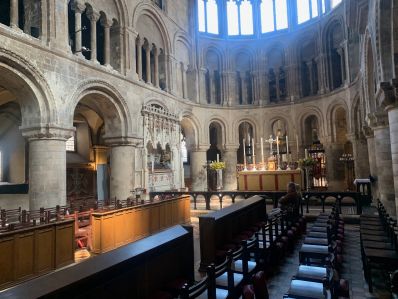 The Romanesque architecture of St Bartholomew the Great @meetmrlondoner
The Romanesque architecture of St Bartholomew the Great @meetmrlondoner
The ever-restless Benjamin Franklin returned to Philadelphia to earn his fortune. But he came back, years later, to Britain. From 1757 to 1774 Franklin, now an accomplished and wealthy businessman and property owner, called London home. In time, he became the colonial representative for Pennsylvania, Georgia, New Jersey and Massachusetts. He ingratiated himself into high society, gravitating towards the vibrant, somewhat decadent, world of the coffee house set. These establishments were a significant feature of fashionable Georgian society. Franklin loved being part of that lively and exclusive scene.
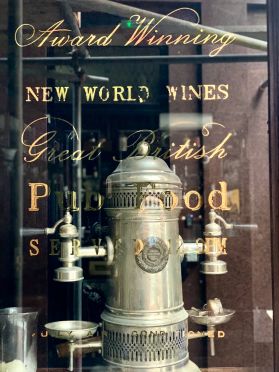 Pasqua Rosee's coffee house, City of London @meetmrlondoner
Pasqua Rosee's coffee house, City of London @meetmrlondoner
Coffee fell out of favour, following the upset of the Boston tea party. Franklin disapproved of such boisterous behaviour. However, his own world view evolved in changing times - especially towards the horrors of slavery and the fraying American loyalty to the British Crown.
A lasting legacy
Franklin was a born networker. Incredibly, the nineteen-year-old Benjamin managed to engineer a meeting with British Museum founder, Sir Hans Sloane, convincing him to acquire his ‘asbestos stone purse’. This invention was designed to protect valuables against fire and became one the museum’s early acquisitions. Although Franklin’s asbestos purse is not currently on display, the British Museum is a free museum, open to all. It proudly tells ‘The story of the world in a million objects’.
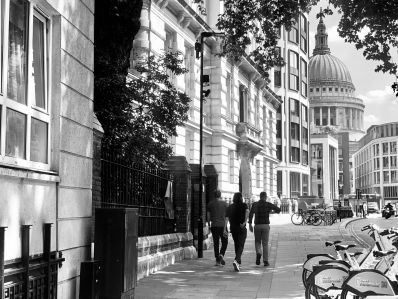 Benjamin Franklin lived just around the corner from St Paul's Cathedral @meetmrlondoner
Benjamin Franklin lived just around the corner from St Paul's Cathedral @meetmrlondoner
The Benjamin Franklin House, is the polymath’s only surviving former home. It’s a vibrant museum within a Georgian townhouse, near Trafalgar Square. The RSA, at nearby John Adam Street, is open to Fellows and visitors alike. Its mission encourages debate, ideas and action. Its diverse programme of events is focussed on addressing some of the world’s toughest challenges, from climate change to social justice. And the RSA maintains its founding tradition of promoting design and designers to solve those very problems. Franklin would approve.
Mr Londoner is Antony Robbins. He’s a writer, broadcaster, RSA Fellow and a former museum director @meetmrlondoner
If you or your group would like to follow in the footsteps of Benjamin Franklin on a tailor-made tour of London in 2026, 250 years after American Independence, contact the friendly team at Janet Redler Travel today!
